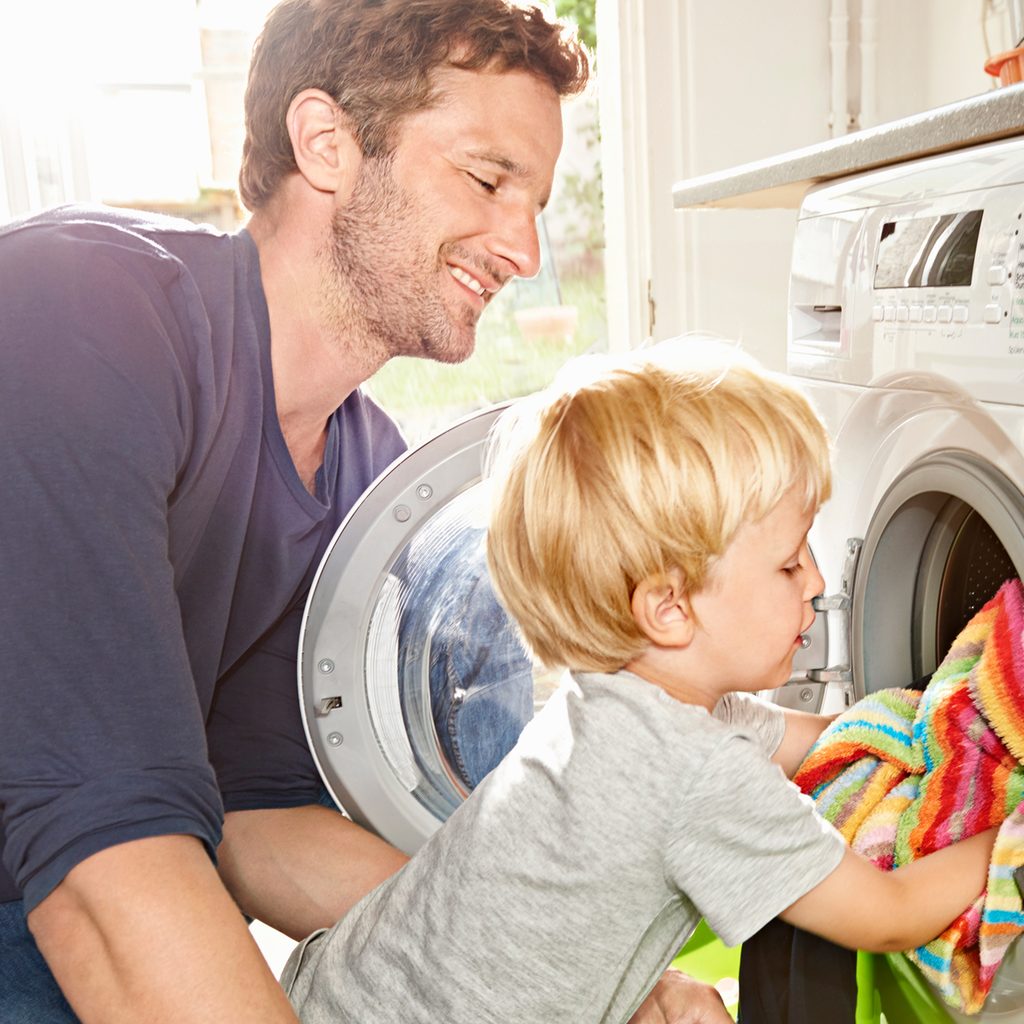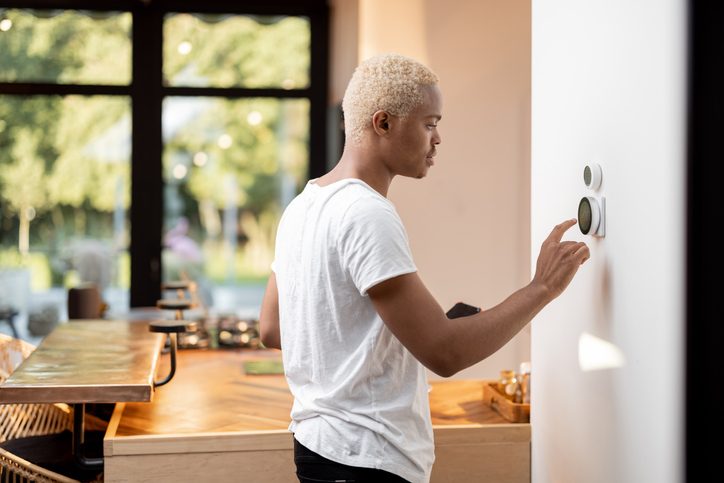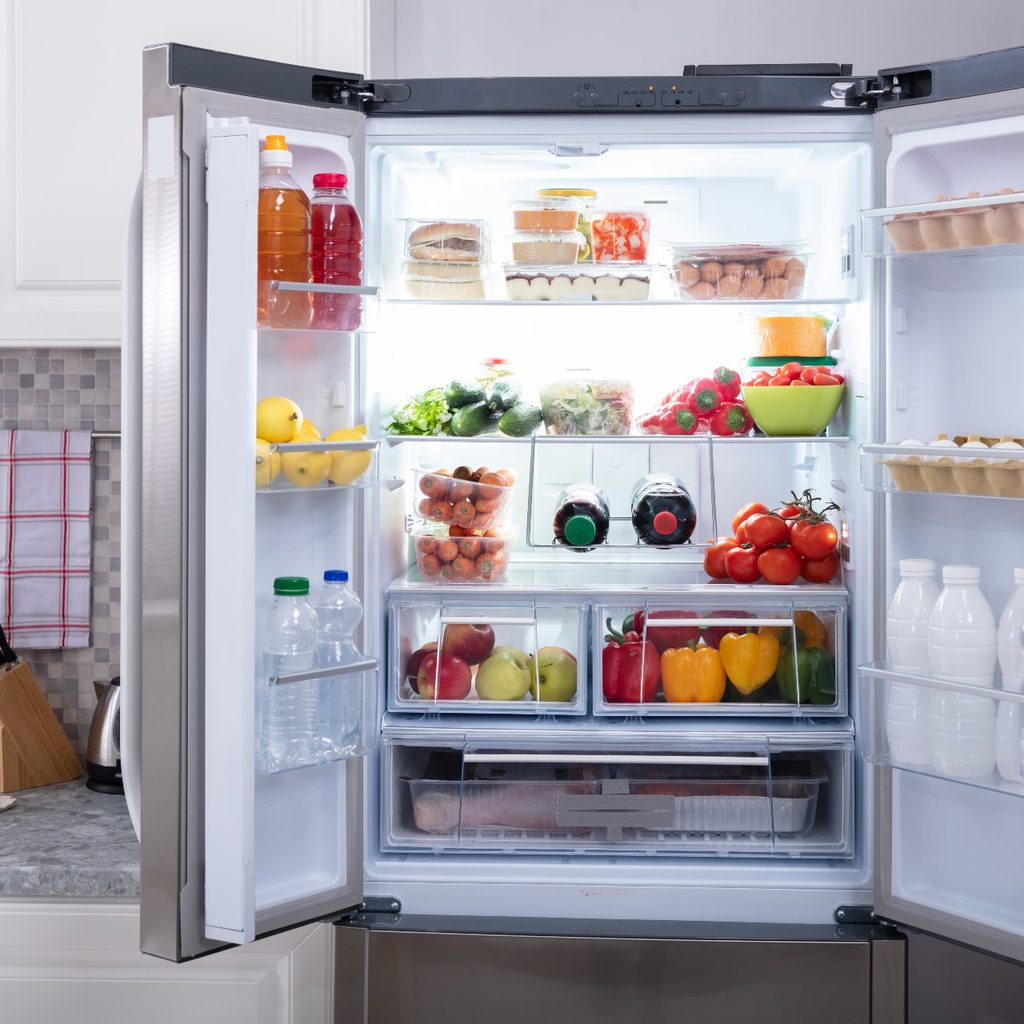Are your home energy prices rising? You’re not alone. Between the effects of the pandemic, winter demand, and the war in Ukraine, natural gas prices have proven volatile. In the state of New York alone, at least 1.4 million households and residential customers haven’t been able to keep up with their electric and natural gas payments. Because of the continued disruption to world energy markets, experts expect to see higher prices through the end of the year.
While there’s not much you can do to change that, there are ways you can make your home more energy-efficient. Prioritizing energy efficiency in your home has two significant benefits: You’ll save money on your electric bill, and you’ll contribute to saving the environment.
Nowadays, you can buy a certified, energy-efficient house that is equipped with solar panels and energy-saving appliances. You can also have solar panels installed for your existing house. These are big projects, though, so even if you’ve been wanting to make your home more energy-efficient, you may be putting them off. Here’s the good news: There are many small, simple ways you can optimize energy usage in your home that don’t require any major overhauls. If your wallet has taken a hit recently, these surefire methods will help cut down costs right away.

Use energy-efficient light bulbs
Replacing your light bulbs is a great way to make your home more energy-efficient. You’ll want to get LED bulbs, which use far less power than regular fluorescent bulbs. While LEDs are a bit more expensive, they will drive down your electric bill and last longer, so you can look at it as a worthy investment.
Invest in a dimmer
Dimming your lights means reducing both the wattage and the output, which can help you save energy. Although you’ll need bulbs that work with dimmer switches, they’re worth it in the long run. Some dimmer switches can be controlled by an app — saving you money and offering you the convenience of controlling your environment from wherever you are. Plus, not only are dimmers energy-efficient, they’re also great for setting the mood if you’re planning a romantic dinner, a luxurious bath, or just want to watch TV in bed.

Wash your clothes in cold water
If possible, choose the cold water setting for your laundry cycles. It takes lots of energy to heat up water, especially the amount of water needed to clean a pile of clothing. You can also try to conserve hot water when washing dishes or showering.
Keep your dryer clean
According to the Department of Energy, residential dryers are responsible for roughly 6% of residential electricity use. A clean dryer is a more efficient dryer, so be sure to clean out your lint trap after every load. Even better? Weather permitting, consider a drying rack or clothesline for any articles of clothing and any linens that are suitable for air drying.

Reassess your heating and cooling situation
Okay, here’s a biggie. We know the winters get frigid and the summers get sweltering, but heating and cooling are two of the biggest energy eaters in a home.
The first thing you can do is get a smart thermostat that adjusts the heat based on a timer. This way, you can set it to turn off when you’re not home and turn back on when you return. It’s a good investment that will save you money on your electric bill, but if you don’t want to spend upfront on a new thermostat, then make sure you’re changing the temperature yourself when you leave the house.
Another way to save energy is to set your thermostat to the manufacturer’s suggested temperature — never above. It may get chilly, but layer up and buy some extra blankets, and you’ll be set. Also, check your windows to make sure they’re not drafty and letting in unnecessary cold air. In the summer months, use the air conditioner sparingly, or use a large ceiling or floor fan instead of the AC.
Unplug your devices
Once your phone or laptop is finished charging, unplug it. Don’t keep your cell phone or tablet plugged in overnight. That also goes for any other devices you put on a charger, including gaming consoles, smartwatches, portable chargers, and wireless earbud cases. When it reaches 100%, it’s time to unplug and save power.

Adjust the refrigerator temperature
Your refrigerator should also have a standard temperature recommended by the manufacturer. If you have the fridge or freezer set to a lower temperature, raise it to the factory setting. This is another large appliance, so adjusting it even a little bit makes a difference.
Cut back on dishwasher use as well by using the best dish-drying rack.
Cut down on oven use
Out of all your cooking appliances, your oven uses the most energy, so heat up food in the microwave or on the stove whenever possible. Also, when you are using the oven, don’t open the door while your food is cooking — peek in using the oven light instead. Opening the door lets the heat out, and then the appliance uses even more energy to rise to its set temperature again.

Take advantage of natural light
To avoid keeping lights on for long periods, pull back the curtains, roll up those blinds, and let the natural sunlight flood in. Doing this as much as possible will save you on your electric bill in the long run. The exception here is in the dead of summer when you’ll want to keep the heat out with closed blinds and curtains.
Schedule an energy-efficiency audit
If doing all these things still isn’t saving you money, check in with your electric company. You may be eligible for a free energy-efficiency audit. An expert will come to your home and assess your electricity use. They’ll give you a breakdown of what’s costing you the most so you can be sure you’re targeting the right areas to save energy.
Making your home more energy efficient is simpler than you think. While the optimal action to take for saving power is to install solar panels or buy a new, energy-efficient home, there are super easy steps you can take immediately to save money and energy, benefitting both your wallet and the planet. These tweaks to the ways you interact with your home could take some getting used to, but they all add up and will bring down your electric bill significantly. And let’s face it: Most of us could use that right now.


